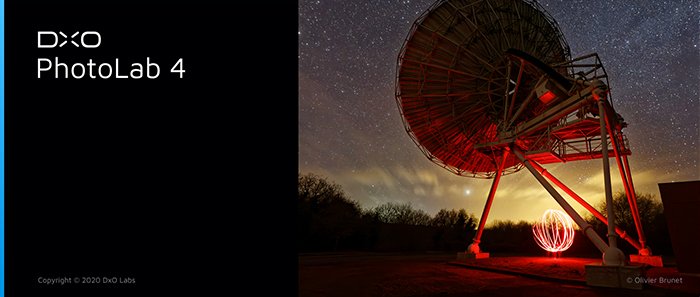

This approach does come with a disadvantage: if you want to process your image using multiple modules, Photolab creates a new TIFF/JPEG for each new edit.

When you’ve done and save your image in the NIK module, you’re returned to Photolab and the TIF or JPEG image – the file format is your choice per preference setting – is changed in Photolab’s thumbnail list with an orange camera and read-only icon next to it.
REVIEW DXO PHOTOLAB 4 SOFTWARE
Once you select your desired one, the software will create that converted file for you first, then launch the module and open the image to apply your creative edits. When you launch from within Photolab, a dialogue window pops open with buttons for each module. In those cases where you want to work with one of the modules of the whole NIK Collection, you can’t directly work with RAW images but need to create a JPEG or TIFF version first. You can create brushed or gradient masks if you want, but it’s much easier and faster to just use a U Point to create the mask and later remove the spilled over areas with the brush. That opens up possibilities that would require you to create brushed masks in other apps. It simply means that you can, for example, increase the contrast of just one area and leave the rest of the RAW image alone. It’s actually the same functionality you’ll also get from running Photolab 2 Elite. This is not the whole NIK Collection, though.

In addition, using DxO Photolab 2.3 has an added benefit, which is that you can apply U Point local adjustments directly to RAW images without sacrificing the non-destructive qualities of the app. When you buy NIK Collection, you’ll get DxO Photolab 2.3 Essential Edition so you don’t need to have a host installed on your system like Lightroom or Photoshop. It’s a great way to evoke a time when photographers were juggling with dangerous chemicals, but it’s just as easy to change your DSLR image into one that looks like it’s been shot with a compact camera. Analog Efex contains a few film plate cameras, a video camera, point-and-shoot thingy and more, and you can create your own camera modules. This plug-in lets you alter your image, based on characteristics of other cameras.
REVIEW DXO PHOTOLAB 4 PRO
I started with Analog Efex Pro 2, a plug-in that wasn’t in the Collection when I last saw it. The integration is brilliant, the interface to open the plug-in you need is well done and the plug-ins themselves are crisp, modern and user-friendly.ĭxO has included 40 new “En Vogue” styles, including Blue Monday and Clarity Bump as well as a whole set of B&W settings - most of these are nice, but if you’re even a little bit creative you’ll want to create your own looks. I tried NIK Collection 2 with the DxO Photolab 2 host app and it works smoothly. DxO is picking up where Google messed up this fine software. The wait was for a new version that would really show us what DxO plans to do with the software. Knowing DxO Labs’ expertise from their other apps – Photolab 2, ViewPoint 3 and FilmLab 5 – I was very interested in what the company was going to do with the NIK Collection.
REVIEW DXO PHOTOLAB 4 WINDOWS
DxO created over 40 new presets, includes U Point local adjustment RAW editing capabilities and adds support for HiDPI displays - which is interesting for Windows users only. NIK Collection 2 now includes Analog Efex Pro 2, Color Efex Pro 4, Dfine 2, HDR Efex Pro 2, Sharpener Pro 3 Output and Sharpener Pro 3 Raw Presharpening, Silver Efex Pro 2 and Viveza 2. DxO recently released a brand new version of NIK Collection.


 0 kommentar(er)
0 kommentar(er)
